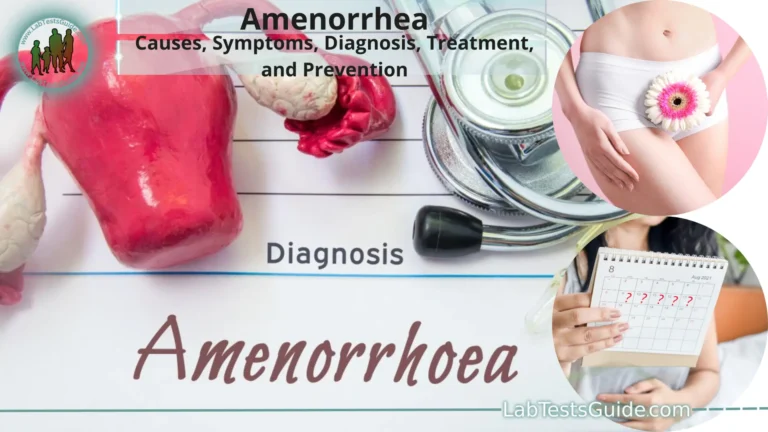Sputum is produced when a person’s lungs are diseased or damaged. Sputum is not saliva but the thick mucus – sometimes called phlegm – which is coughed up from the lungs.

Causes :
here are many different reasons for the body to produce excess sputum. Below is a list of some of these causes, along with how the sputum may appear
- Smoking
In smokers, mucus builds up in the lungs, causing a “smoker’s cough.” The sputum produced may be green, yellow, or bloody. - Asthma:
People with asthma have airways that are sensitive to allergens, environmental pollution, and respiratory infections. This sensitivity can lead to the airways becoming inflamed, as well as an increase in mucus production. - Cystic Fibrosis:
Cystic fibrosis is an inherited disease caused by a defective gene. It leads to smaller airways becoming blocked by thick mucus, which causes breathing difficulties. - Respiratory tract infections (RTI):
Sputum that is a different color from saliva may be a sign of a lower RTI. With bacterial RTIs, sputum may also have a thick consistency and an unpleasant odor. Some infections may cause sputum to be yellow, gray, or rusty colored. Some Common RTIs are Below- Flu :
Flu, or influenza, may result in green phlegm. The main symptoms are:- high temperature, of 100.4°F or aboveTirednessweakness headache
Bronchitis is an infection of the lung’s main airways, the bronchi, which become inflamed and produce extra mucus. People with this condition may cough up yellow-grey or greenish sputum.
- Pneumonia :
Other common symptoms include:- difficulty breathing
- rapid heartbeat
- fever
- feeling generally unwell
- sweating and shivering
- loss of appetite
- Tuberculosis (TB):
If someone has TB, they may cough up green or bloody phlegm. They will also experience symptoms that can include:- weight loss
- night sweats
- fever
- tiredness
- loss of appetite
- swelling in the neck
- Flu :
Types of Sputum:
| Type | Characteristics | Associated pathology |
| Purulent | Thick, yellow/green sputum | Infectious – pneumonia, bronchiectasis and abscess |
| Mucoid | Clear, grey/white | Chronic obstructive pulmonary disease and asthma |
| Serous | Clear, frothy, can be pink | Pulmonary oedema |
| Blood | Blood | Malignancy, pulmonary embolus, clotting disorders, infection |
What do different phlegm colors mean?
| – | Green or Yellow | Brown | White | Black | Clear | Red or Pink |
| Allergic Rhinitis | ✓ | |||||
| Bronchitis | ✓ | ✓ | ✓ | ✓ | ||
| Chronic Obstructive pPulmonary Disease (COPD) | ✓ | |||||
| Congestive Heart Failure | ✓ | ✓ | ||||
| Cystic Fibrosis | ✓ | ✓ | ||||
| Fungal Infection | ✓ | |||||
| Gastroesophageal Reflux Disease (GERD) | ✓ | |||||
| Lung Abscess | ✓ | ✓ | ✓ | |||
| Lung Cancer | ✓ | |||||
| Pneumonia | ✓ | ✓ | ✓ | ✓ | ||
| Pneumoconiosis | ✓ | ✓ | ||||
| Pulmonary Embolism | ✓ | |||||
| Sinusitis | ✓ | |||||
| Smoking | ✓ | |||||
| Tuberculosis | ✓ |
What is a sputum culture test?
The sputum culture test is usually done with a gram stain, which identifies the bacteria that are causing the infection. If the gram stain is unable to detect the bacteria causing the infection, specialized tests may also be run. These include an AFB smear and culture to find tuberculosis and non-tuberculous mycobacteria infections, a fungal culture, or a Legionella culture.
Possible References Used




